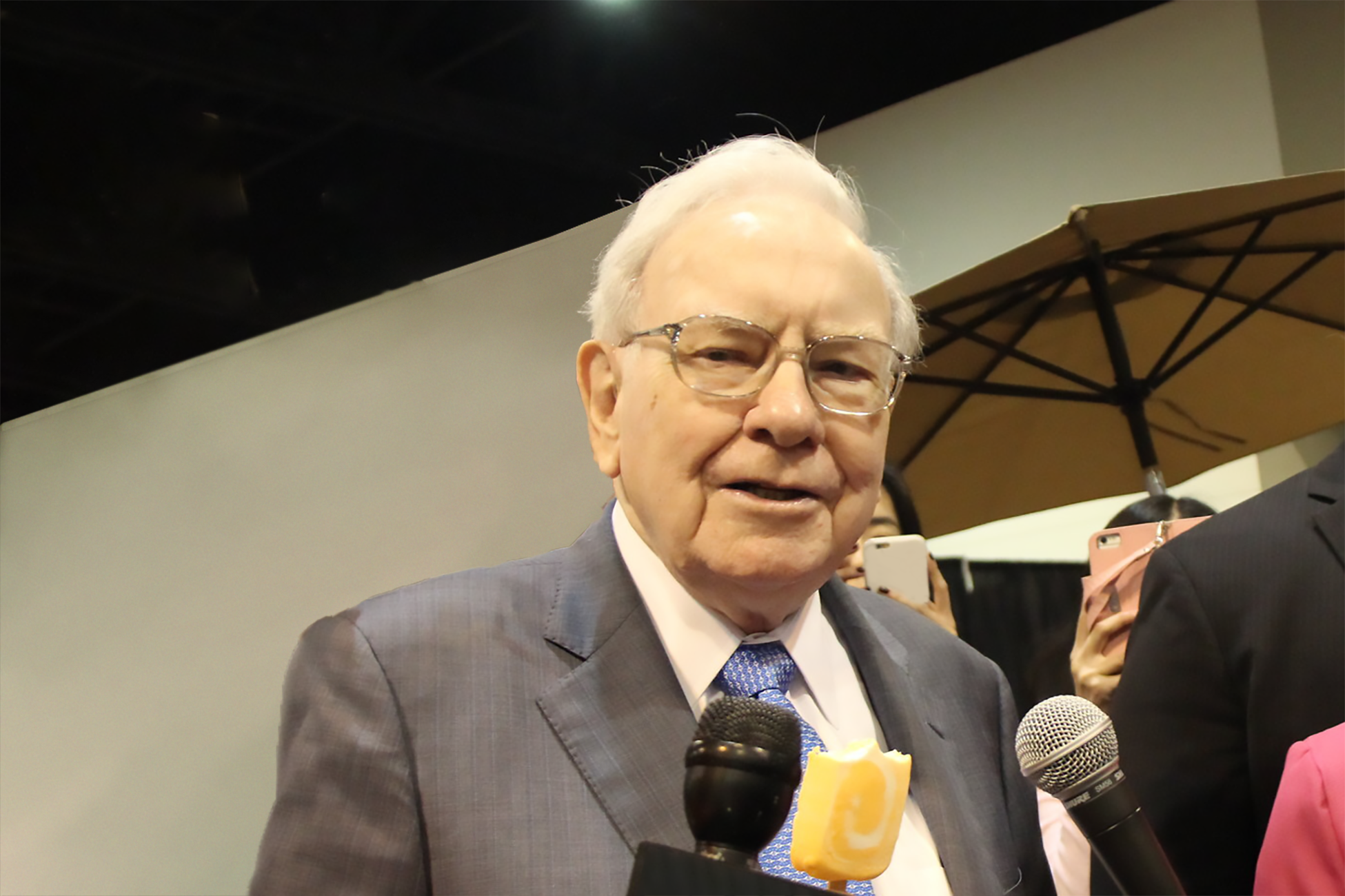For the past two months, stock market volatility has been historically high. The proliferation of the coronavirus disease 2019 (COVID-19) pushed equities into the fastest bear market in history, with the benchmark S&P 500 (^GSPC 0.74%) taking a mere 17 trading sessions to lose 20% of its value and 22 trading sessions (about one month) to shed 30% of its value.
COVID-19 has also cost a lot of Americans their jobs, at least in the short term. In a three-week span, close to 17 million Americans have filed an initial unemployment claim. And it could get worse, at least according to economists at the St. Louis Federal Reserve.
Mitigation measures currently in place to slow transmission of the coronavirus, including the closure of nonessential businesses, may temporarily push the U.S. employment rate as high as 30% and lead to a recession. For context, the unemployment rate was at a 50-year low of 3.5% prior to COVID-19.

Image source: Getty Images.
Up to 80 million Americans may have received a stimulus check this week
With the coronavirus leading to unprecedented economic disruption, lawmakers had no choice but to pass the largest economic stimulus in history in late March: the Coronavirus Aid, Relief, and Economic Security (CARES) Act. Coming in at $2.2 trillion, the CARES Act set aside $500 billion for distressed industries, $350 billion for small business loans, $260 billion for the expansion of the unemployment program, and $300 billion for direct payments to perhaps 175 million Americans.
As you can imagine, these stimulus checks are garnering most of the attention. People can expect to receive up to $1,200 ($2,400 for couples), assuming their adjusted gross income (AGI) for their most recent federal tax filing was under $75,000 (or $150,000 for a couple filing jointly). Individuals and couples filing jointly with respective AGI's above $99,000 and $198,000 won't qualify for a stimulus check, while dollar figures in between these amounts ($75,000 to $99,000 in AGI for single filers, and $150,000 to $198,000 in AGI for couples) will receive a reduced payout. Parents will also receive $500 per qualifying child (aged 16 and under).
According to Treasury Secretary Steven Mnuchin, an estimated 80 million Americans should have received their stimulus checks via direct deposit this week, with tens of millions of paper checks still to be processed.

Image source: Getty Images.
No joke: You can invest your stimulus check for a guaranteed profit
For some folks, this stimulus check represents a much needed lifeline to pay bills or put food on the table during the coronavirus pandemic. But for those with a sufficient emergency fund, investing their stimulus check might prove to be the best option.
What might make the idea of investing your stimulus check even more palatable is that you can practically guarantee yourself a profit. Although the stock market isn't exactly the best place to look for guarantees, history shows that there's one surefire way to make money, as long as you're willing to be patient.
While you'll get no bonus points for originality, arguably the safest long-term investment a person can make is to buy the SPDR S&P 500 ETF Trust (SPY 0.74%), which attempts to mirror the performance of the benchmark S&P 500 as closely as possible. It's the largest exchange-traded fund by assets, with $252.5 billion in assets under management, and it boasts a reasonably low net expense ratio of 0.09%, which is ultimately dwarfed by the SPDR S&P 500 ETF's yield of 2.25%.
If you're out to make a quick buck, Las Vegas' table games might be your best bet. But if you're willing to invest your stimulus check into the SPDR S&P 500 ETF Trust for a period of 20 years, history suggests you're a sure thing to come out a winner.

Image source: Getty Images.
According to data provided by Crestmont Research, which examined rolling 20-year returns for the S&P 500 ending in each of the past 100 years, there hasn't been a bad time to invest into an S&P 500 tracking index. There were only two years over the past 100 years (1948 and 1949) when the rolling 20-year returns ending in those years, inclusive of dividends, yielded an average annual gain of less than 5%. By comparison, ending the 20-year rolling period in more than 40 out of the past 100 years would have yielded an average annual return, inclusive of dividends, of at least 10%.
On average, the stock market returns 7% per year, inclusive of dividends. This means investors can expect to double their money about once a decade. Based on these historic returns, a $1,200 stimulus check invested in the SPDR S&P 500 ETF Trust today could be worth closer to $4,800 by the time 2040 rolls around.
Invest and be patient -- it's really that simple.







